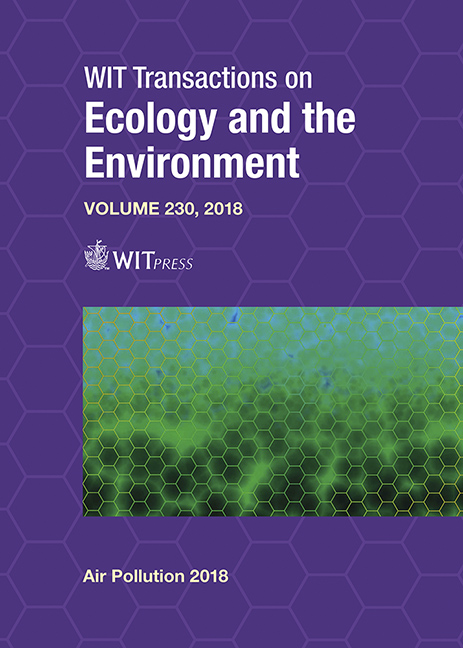COMPARISON OF METHODS FOR DISPERSION MODELLING OF CONTAMINANTS FROM INDUSTRIAL SOURCES
Price
Free (open access)
Transaction
Volume
230
Pages
6
Page Range
213 - 218
Published
2018
Paper DOI
10.2495/AIR180201
Copyright
WIT Press
Author(s)
GRZEGORZ KRAJEWSKI, KRZYSZTOF LIS
Abstract
The method for determining the dispersion of pollutants for industrial sources in force in Poland is based on a simple Gaussian plume model based on the wind rose and Pasqual’s atmosphere stability classes. Air pollution has become a growing concern in the past few years in Poland and implementing new more advanced model is being considered. In order to illustrate the limitations of current method was compared with an advanced multilayer puff CALPUFF Gaussian model. Modelling of the spread of pollutants in ambient air was conducted based on the same source parameters. Industrial source with very high flow and low height was selected as good example to compare both methods. Spatial variability of the annual averages of air pollutant concentrations was obtained in computing grid with high density. Meteorological conditions for CALPUFF were determined using a diagnostic meteorological model CALMET based on meteorological data from surface stations and radar surveys. The results of calculations indicated that pollutant emissions from both methods differs in concentration and the distance of the highest concentrations relative to the source. For the advanced model, a greater dispersion of pollutants in the ambient air was obtained as well as higher maximum values registered for receptors in the vicinity of the source.
Keywords
air quality, pollutant dispersion models, Gaussian plume model, Gaussian puff model





